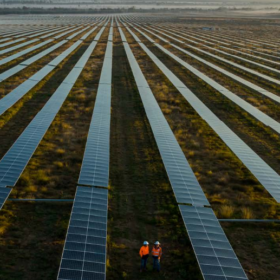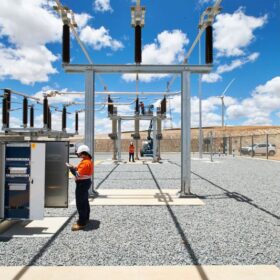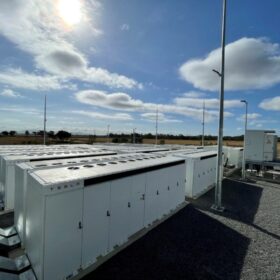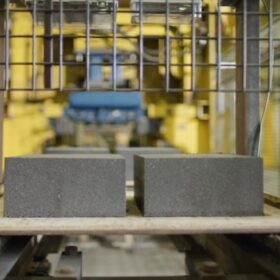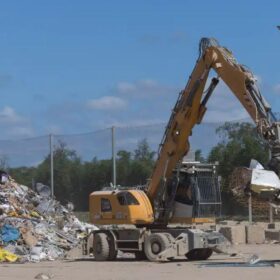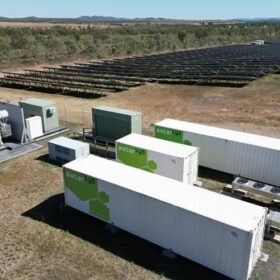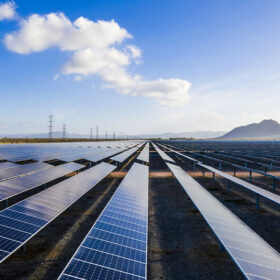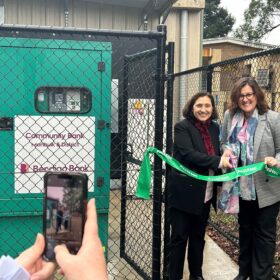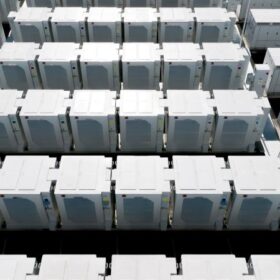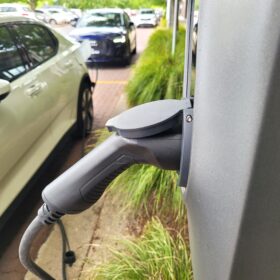Queensland budget amps up renewables with $26 billion investment
The 2024–25 Queensland Budget has delivered on its commitment to invest $26 billion into the state’s energy transformation, funding the renewable energy sector and grid infrastructure to progress its legislated target of 75% emissions reduction by 2035.
WA to host clean energy training centre of excellence
Western Australia is on track to become home to the nation’s first clean energy training centre of excellence with the state and federal governments investing $70.5 million over five years to address labour shortages in Australia’s renewable energy transition.
Renewable developments not on track to meet targets: CEC report
After a lacklustre 2023, the Clean Energy Council’s new quarterly report paints a positive picture of renewable energy projects’ financial commitments, construction, and commissioning, but warns the numbers fall short of hitting the 82% renewables by 2030 target.
Pollinator targets early-stage clean energy tech with new $150 million fund
Climate change advisory and investment firm Pollination Group has launched a $150 million venture capital fund to invest in early-stage tech companies in Australia aimed at facilitating the renewable energy transition.
Queensland targets solar and battery waste stream with $45 million commitment
Queensland businesses can now apply for up to $10 million funding for large-scale recycling projects that tackle commercial and industrial waste and provide recovery solutions for renewable energy technologies, including end-of-life solar panels and batteries.
Australia’s first large-scale solar and storage plant up for sale
Australia’s first large-scale solar and big battery storage installation – the Lakeland project in far north Queensland – has been placed on the sales block with MPower announcing it will use the proceeds to further expand its portfolio of PV and battery storage projects.
Palisade secures new financing for Intera renewables push
Australian infrastructure asset manager Palisade Investment Partners has secured $258 million in new debt financing to back the further expansion of its gigawatt-scale renewable energy platform.
Victorian town turns to solar and storage for energy security
A solar-powered microgrid has been launched in the Victorian town of Monbulk as part of a $7.5 million state government program designed to better protect communities in fire and storm-prone areas against prolonged blackouts caused by extreme weather events.
CEFC urged to pick up pace with household energy upgrades fund
The federal government has been urged to pick up the pace after the Clean Energy Finance Corporation opened the purse strings on a $1 billion fund that is to support cheaper finance for rooftop solar, home batteries and other energy efficiency upgrades for Australian homes.
Largest energy storage tender in NSW history now open
The New South Wales government has made history, opening two significant tenders for projects of up to 1 GW of new, long-duration storage, and up to 3.98 GW of access rights to the South West Renewable Energy Zone.
